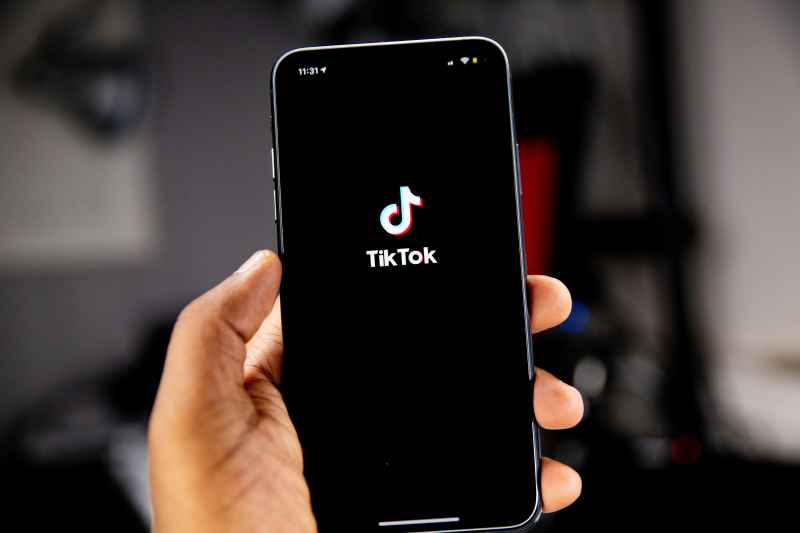The traditional career path—go to college, land a corporate job, and work until retirement—is fading fast. In its place, a new generation is rewriting the rules of work. Gen Z creators, live-streamers, and digital entrepreneurs are making more money on TikTok than many ever dreamed possible in a traditional office. Welcome to gig economy 2.0, where going viral isn’t just luck—it’s a career strategy.
The Rise of the Side Hustle Economy
According to McKinsey’s 2024 report, one in four Gen Zers now earn money directly through social media. The top 10% of TikTok creators pull in over $100,000 a year—outearning many entry-level corporate positions. With platforms like TikTok Shop, monetizing has never been easier; users can earn from affiliate sales instantly, even without brand deals.
Consider @LiaKaraoke, a 22-year-old who ditched her retail job after making €8,000 a month singing live on TikTok. “Why work for a boss when 50,000 fans tip me every night?” she asks.
Why Traditional Jobs Are Losing Their Appeal
Flexibility beats stability for most young creators. Forbes reports that 67% of them prefer “irregular but high earnings” over a fixed salary and strict office hours. For many, the thought of asking for vacation days or clocking in at 9 a.m. feels outdated.
@DigitalNomadMatt, a former accountant turned travel vlogger, says, “I’ll never go back to a cubicle. I’m my own boss now.” Viral trends can bring in more cash in a few weeks than many make in a year. For example, @FinanceGuru grew to 1 million followers in just six months and now charges $10,000 for a single sponsored post.
The barrier to entry is lower than ever thanks to AI tools like CapCut for editing and ChatGPT for caption writing. “You don’t need special skills—just consistency,” says @NoTalentTrends, who boasts 450,000 followers.
The Hidden Costs of Hustle Culture
But it’s not all glamor and riches. Nearly 92% of full-time creators lack health insurance, according to the Fair Play Report. Burnout is a real danger—“You’re either always ‘on’ or you get forgotten by the algorithm,” admits @ViralOrBroke. Many brands pay creators in exposure rather than cash, while TikTok itself pockets about 70% of ad revenue. Experts warn that this so-called “freedom” masks a harsher reality: hyper-capitalism exploiting young people’s passion and time.
What’s Next for TikTok Creators?
TikTok’s future remains uncertain amid threats of bans and tougher regulations worldwide. The income gap is staggering too—the top 1% of earners claim 94% of all creator profits, per Oxford studies. The smartest creators diversify by branching out to YouTube, Patreon, or merchandise.
Final Thoughts
TikTok hasn’t just birthed a new job market—it’s changed how ambition is defined. While older generations fret over “lazy millennials and Gen Z,” these young creators are quietly building digital empires from their bedrooms. But with great opportunity comes risk. Is viral fame really worth trading the stability of a traditional job?




